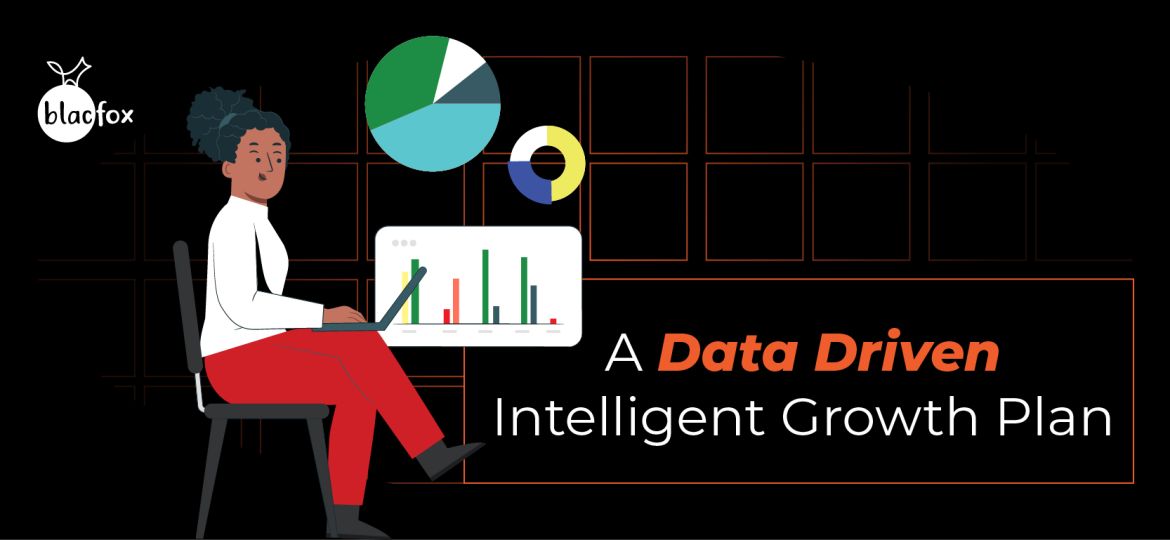
One of the biggest reasons, if not THE biggest reason, for the failure of any strategic growth plan is that it hinges upon internal speculation instead of actual customer sentiment. This is especially evident in the way executives make decisions regarding marketing campaigns.
You often see marketing managers running around briefing their agencies and making critical choices off the cuff. “I think we should position it this way.” “I prefer this design to that.” This affliction worsens when the boss shows up and railroads the campaign with her personal preferences, entirely neglecting the voice of the customer in the process.
Years ago, as a senior exec in a multinational, I would often be the perpetrator of this misconduct by citing what MY customers wanted to hear and accordingly insisting on a particular campaign design. How the hell did I know? Extreme deadline pressure often meant foregoing vital steps in order to get a campaign out the door. I would boastfully, if not authoritatively, prescribe an exact campaign message and format.
I was lucky. Nine times out of ten, we made good money. Thankfully, I was always able to make my number and keep the show on the road. Some say it took a keen eye. Others reckon that years of selling gives one a knack. I don’t discount the validity of this. What I do know is that to minimize the gamble, I now do things very differently.
No one should ever speak on behalf of the customer, except for the customer. The customer should, ideally, shape product design and also decide how the product be taken to market. The customer has the final vote when it comes to campaign design, messaging and format. It might sound tedious to spend that much time on customer feedback, but every minute spent on good data gathering is a chunk of campaign risk gone.
The good news is that we now live in a world inundated with data. We have more relevant data at arm’s length today than at any prior time in our history. Data gathering is easier than ever and should, really, be the least of our worries. We don’t always need to conduct new surveys of our own. We have to be clever about how we make use of existing customer surveys.
Also, we have all sorts of social listening tools, from basic to sophisticated, giving us all manner of behavioral data about the markets we serve. We can discern buying patterns and even tell the language our customers prefer. Free tools abound, giving us volumes of necessary data about our customers’ online search habits and how our competitors are managing their campaigns. Almost too easily, we can see what angle our top competitor is taking and what keywords they deem important.
All of this doesn’t even consider the data internal to a company. The insights gleaned by superimposing internal data with external data, used wisely, make for a formidable campaign. We enter the realm where we speak directly to the hearts of customers, leaving them feeling like our message arrived at the perfect time. This is the secret to record-breaking conversions.
Never give in to the urge to guess what should be said to a customer. Never succumb to the invitation to “save time” by asserting how a sales rep should pitch. No. Take a moment to strategize. Look at data about your customer, from your customer. Make masterful decisions based on quality insight. Your business will exceed all expectations as a result.

